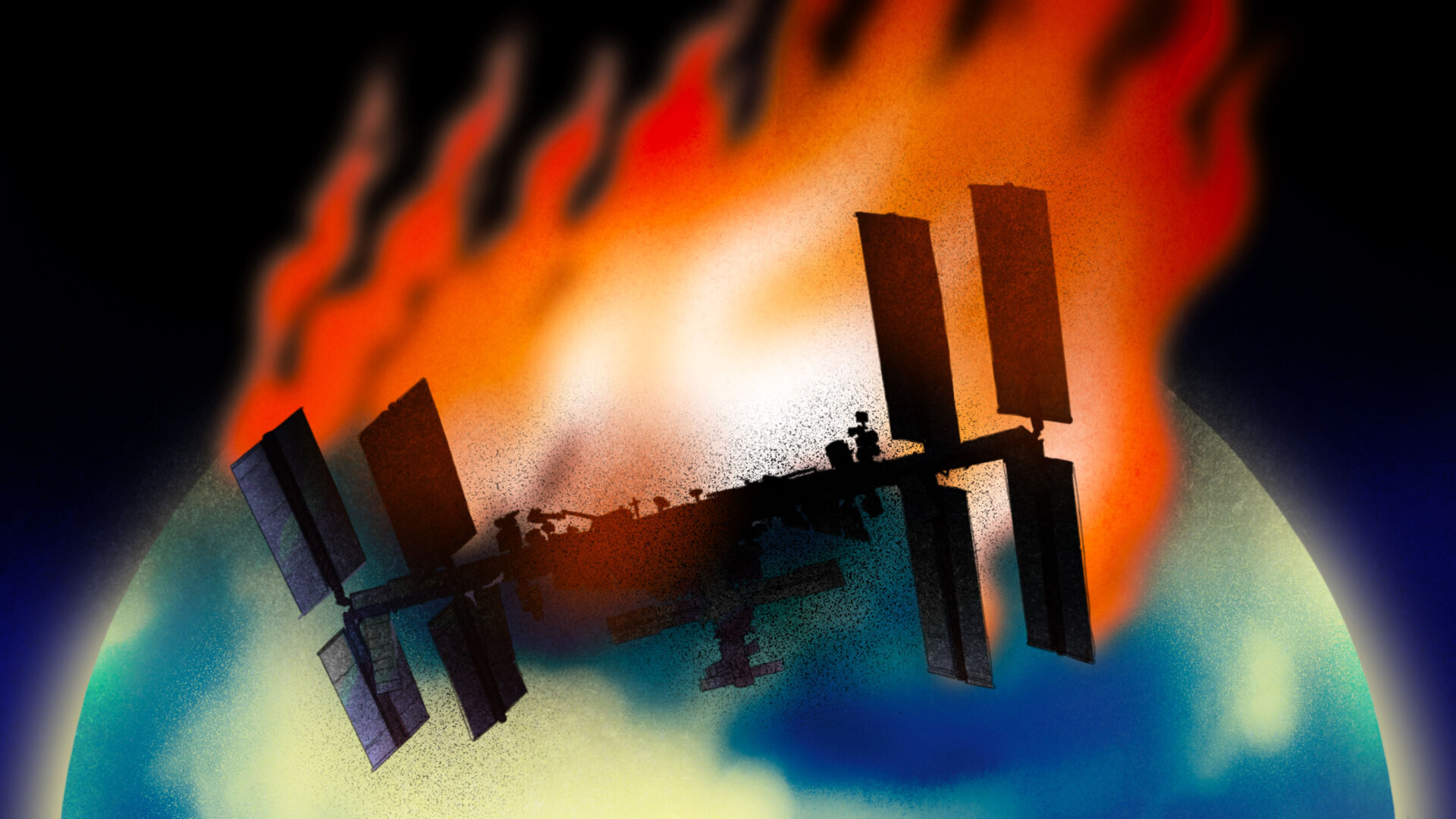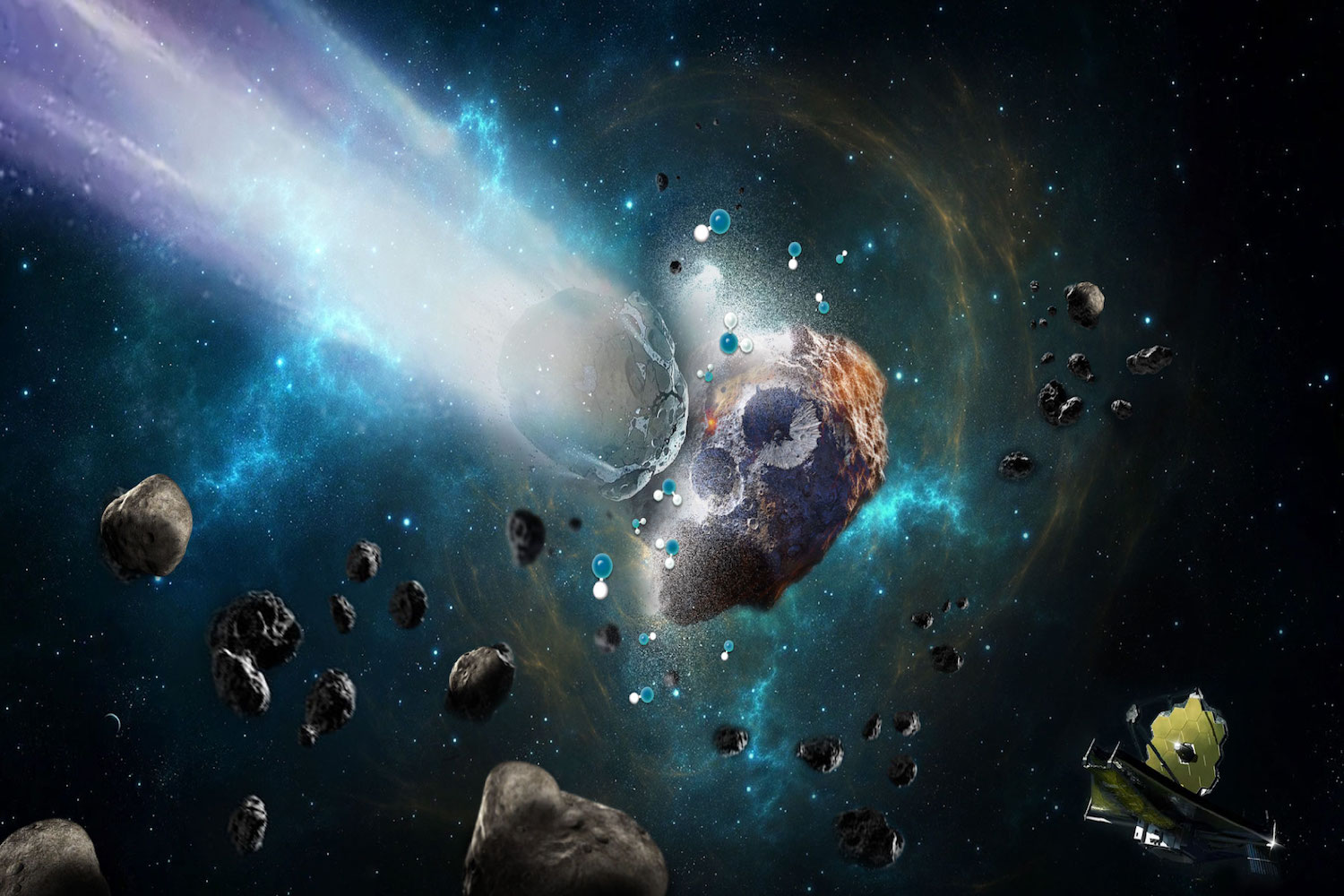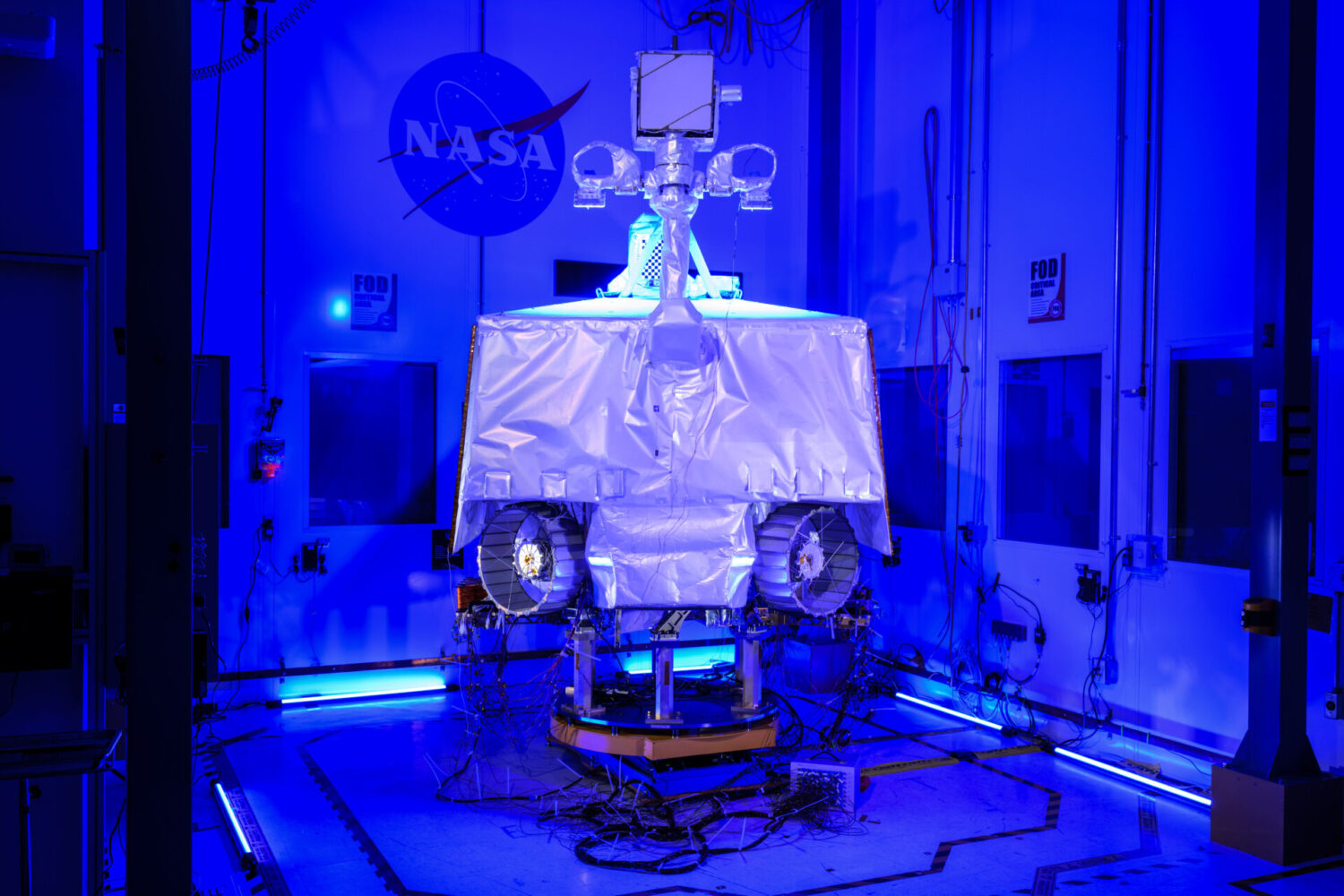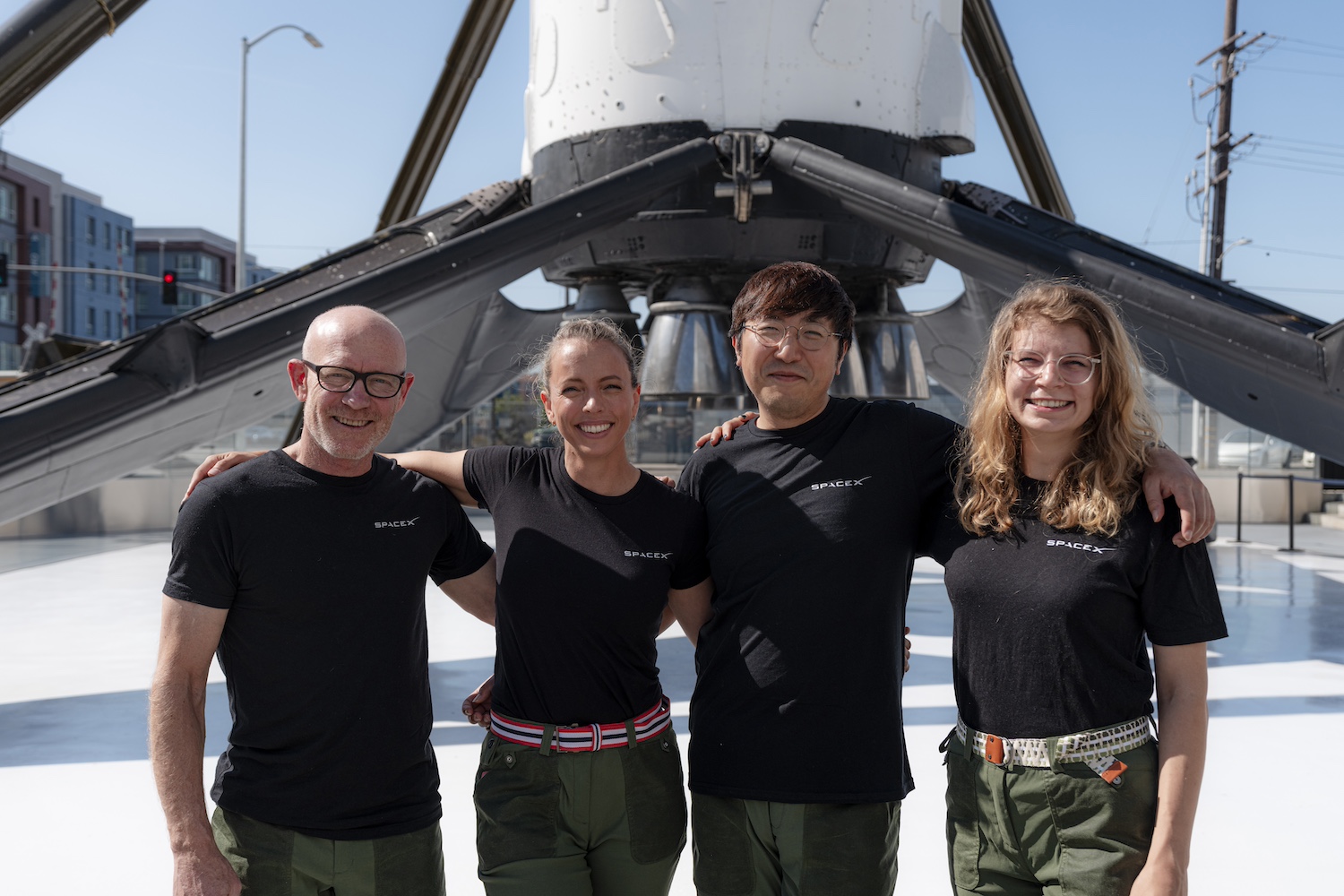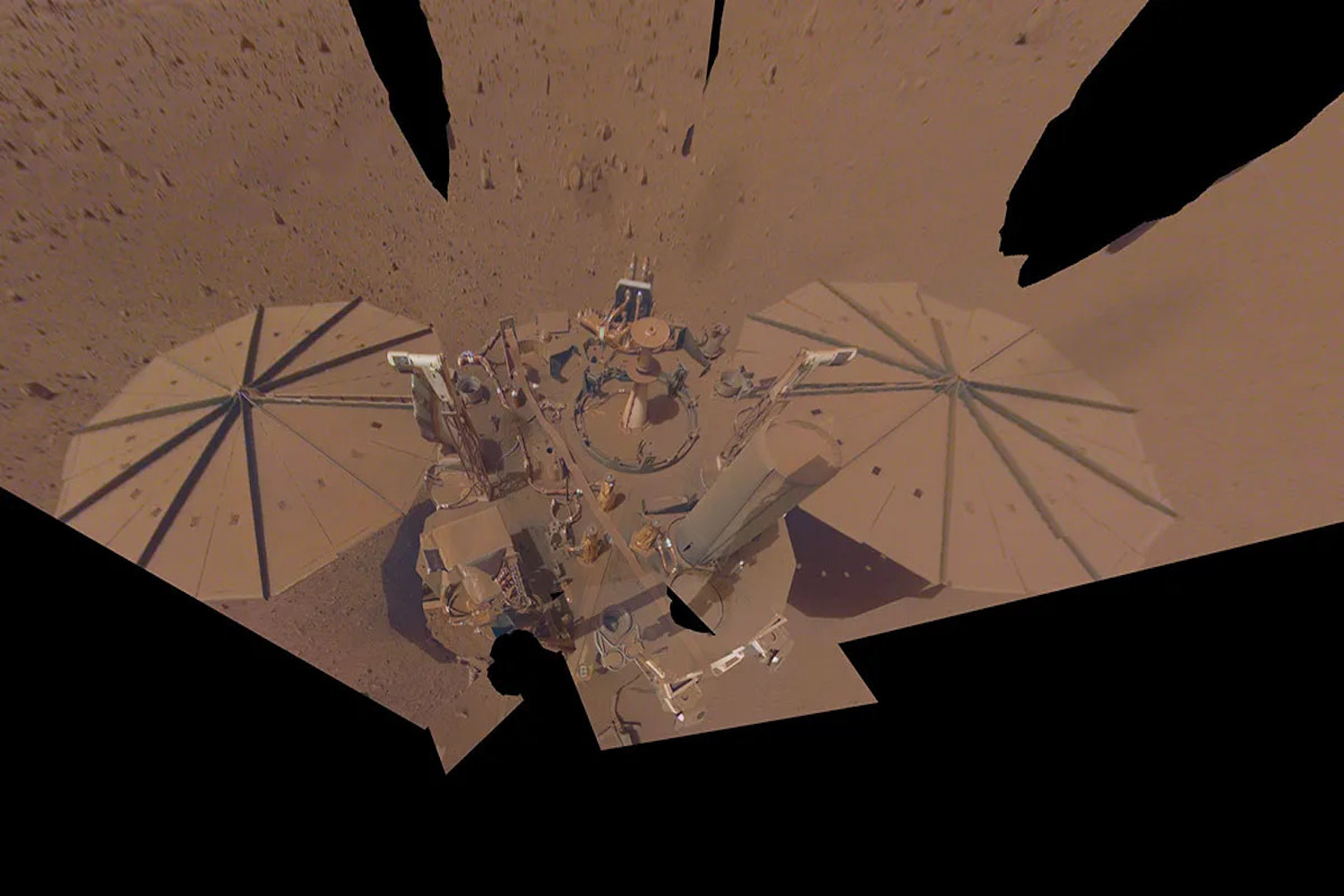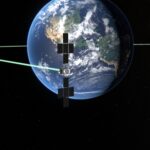The International Space Station (ISS) is counting its days, with a retirement looming over the orbital lab in just a few years’ time. For more than 20 years, the space station has served as home for astronauts in low Earth orbit, but it will soon meet its demise as it plunges through the atmosphere to leave behind tiny fragments of an iconic legacy.
NASA is cooking up a plan to deorbit its beloved space station in 2030, sending it flying through Earth’s atmosphere where most of it will burn up from the heat of reentry. The space agency, along with its international partners, has looked over several different options and narrowed it down based on feasibility and cost. After a years-long effort, NASA decided to call on the private industry to design a spacecraft that will drag the space station towards its fiery death.
The ISS is a big boy, holding the record for the largest human-made structure in space. It stretches 357 feet long (109 meters)—about as large as a football field—and will be the largest object to ever be deorbited. Bringing down the ISS won’t be easy, and making sure its remaining parts land far away from inhabited areas is the key challenge. Here’s a breakdown of how NASA and its partners plan to bring the storied space station down to its final resting place.
Why is NASA ditching the ISS?
NASA and its partners began assembling the space station in 1998. The ISS has served as a pivotal platform for scientific research and new tech demonstrations in microgravity that have often been used on Earth. The space station symbolizes international cooperation and peace, showcasing collaboration among the space agencies of the U.S., Russia, Europe, Japan, and Canada. It has hosted hundreds of astronauts from 18 different countries, who have completed over 270 spacewalks.

Alas, all good things must come to an end. The ISS is getting old and the wear and tear of being in space has taken its toll. Significantly, its retirement will make way for the commercial utilization of low Earth orbit, with private companies designing their own space stations to take over once the ISS is gone.
Russia has agreed to continue deploying its cosmonauts to the ISS until 2028 as it constructs its own space station in orbit. Since its inception, the ISS has continuously hosted at least one NASA astronaut and one Roscosmos cosmonaut. Over the years, Russian Soyuz and Progress vehicles have conducted numerous crew and cargo missions to the ISS. The Russian space agency will likely take these toys with them when it leaves, meaning NASA will be without its key ISS partner for the decommissioning task.
The space station will have to be destroyed, as disassembling it is simply not practical. “The station was never designed to be taken apart again,” Marco Langbroek, an astrodynamics lecturer at Delft Technical University in the Netherlands, told Gizmodo in an email. “I think the current plan is the only option available.”
The space station’s initial assembly took 27 missions using NASA’s now-retired Space Shuttle. Taking apart the ISS bit by bit would require extensive amounts of effort by NASA, international space agencies, and their astronauts, in addition to having a spacecraft large enough to return those parts to Earth.
“Any disassembly effort to safely disconnect and return individual components (such as modules) would face significant logistical and financial challenges, requiring at least an equivalent number of [spacewalks] by space station crew, extensive planning by ground support personnel, and a spacecraft with a capability similar to the space shuttle’s large cargo bay, which does not currently exist,” NASA wrote in a recent report.
The space agency added that it is in the process of developing a preservation plan for some smaller items from the ISS. This makes a lot of sense; the station is filled with mementos and artifacts worth preserving.
The path to destruction
Rather than letting the space station tumble its way towards Earth in an uncontrolled reentry, NASA and its partners will have to target a remote uninhabited area in the ocean as a landing point for any remaining debris. The orbital debris mitigation standard practice accepts a human casualty risk of less than 1 in 10,000.
Before the process of deorbiting takes place, the ISS will be emptied out of all movable goods that can be transported back to Earth. ISS astronauts will also have to evacuate the space station before its deorbit, leaving the orbiting lab empty for the first time in decades. Someone—we obviously don’t know who—will be the last astronaut to float within its cozy confines.
A controlled reentry always begins with lowering a spacecraft’s orbit. The first step to reentry will be to cancel the periodic orbit raising burns that maintain the lab’s position some 250 miles (400 kilometers) above sea level. Eventually, the station’s orbit will decay to below 150 miles (250 kilometers), according to Langbroek. This natural orbital decay, caused by atmospheric drag, will likely take months to gradually bring the ISS down, he explained.
The SpaceX factor
For the next step, the space agency has tasked SpaceX with designing a new deorbit vehicle. This vehicle will dock with the ISS and perform a series of deorbit burns to further lower the space station’s orbit (NASA had previously suggested using Russia’s Progress cargo spacecraft to deorbit the ISS, but that’s now off the table). In March, the space agency released its 2024 budget proposal, which included $180 million for developing a deorbit capability for the ISS by the end of 2030. At the time, NASA had estimated its ISS tug would cost around $1 billion in total.
The recently awarded SpaceX contract is worth $843 million, which will cover the development of the vehicle but does not include the cost of launching it. The company hasn’t shared details of its space tug design, and it’s not clear whether it could repurpose its Dragon spacecraft or build a different one altogether. The exorbitantly priced tug is a one-time use spacecraft and will not survive the deorbit assignment. While SpaceX “will develop the deorbit spacecraft, NASA will take ownership after development and operate it throughout its mission,” NASA wrote. “Along with the space station, it is expected to destructively breakup as part of the re-entry process.”
Safe and controlled reentry
With the help of its brand new tug, the ISS will need to execute a large reentry burn to precisely target its reentry location. This will ensure a controlled descent through the atmosphere to manage its debris footprint. The thrust maneuver has to be strong enough to bring the spacecraft into an elliptical orbit, or an oval-shaped path, so that it’s properly captured by the atmosphere, according to Tobias Lips, managing director of satellite aerodynamics company Hyperschall Technologie Göttingen in Germany.
“If you have a maneuver which is strong enough to bring your perigee [minimum altitude] basically down to zero, then the uncertainties of the distribution of your fragments on the ground play a smaller role,” Lips told Gizmodo. “If you are accepting a higher perigee altitude, then the potential splashdown zone, which includes all uncertainties, becomes larger and larger.”
The reentry expert estimates that around 40% of the ISS will survive its heated journey through the atmosphere, but that NASA will have sufficient control over the splashdown zone. While a significant amount of material could fall from space, it likely won’t land near inhabited areas.
Destruction of an icon
The ISS will slam into the atmosphere at speeds reaching 17,500 miles per hour (28,000 kilometer per hour). Once the space station descends to an altitude below 60 miles (100 kilometers), it will start to fall apart, according to Langbroek. During its fatal nosedive, the famous structure will start to distort, its familiar outline will begin disintegrating piece by piece, with the metal bending under the pressure.
“External elements like solar panels and antennae will probably break off first, then the main structure of the station will break up into fragments,” Langbroek said. “Most of those will burn up but some significant more dense and massive parts, like docking ports and parts of the truss structure, will likely survive.”
The parts of the ISS that survive reentry are likely to constitute 10% to 20% of its total mass. That’s over 180,000 pounds (81,646 kilograms) worth of material, which is why a controlled reentry is key. This might seem obvious, but the smaller the spacecraft, the fewer fragments survive reentry. As Lips explained, smaller objects heat up more intensely and are more likely to disintegrate upon reentry due to their compact size, whereas larger objects are less prone to complete breakdown, making it hard for them to fully disintegrate.
The remaining ISS fragments will splash down in an empty area of the southern Pacific Ocean known as the spacecraft cemetery, with plenty of dead satellites buried at the bottom (including Russia’s Mir space station, which crashed to Earth in 2001). The remote region of the Pacific Ocean, called Point Nemo, lies between New Zealand and South America and it is the farthest place from dry land.
Related article: Skylab, the First U.S. Space Station, Changed What We Thought Was Possible in Orbit
In 1979, the first U.S. space station Skylab decayed and disintegrated into Earth’s atmosphere, scattering debris across the Indian Ocean and Western Australia. NASA calculated there was a 1 in 152 chance of the remaining fragments hitting people on the ground. Thankfully, there were no reported injuries.
It’s hard to think of the beloved ISS broken up into pieces and trashed in the Pacific Ocean, but its legacy will far outlast its burnt up fragments. The destruction of the space station signals the end of an era, and marks the beginning of a new one that leans more into the commercialization of space. With this new era, Earth’s orbit is set to undergo significant changes.
Correction: A previous version of this article gave the incorrect year for Skylab’s reentry; it was in 1979, not 1973.
For more spaceflight in your life, follow us on X (formerly Twitter) and bookmark Gizmodo’s dedicated Spaceflight page.
